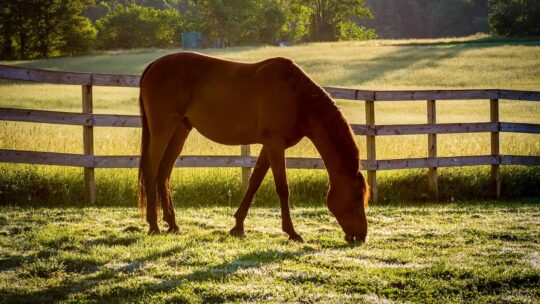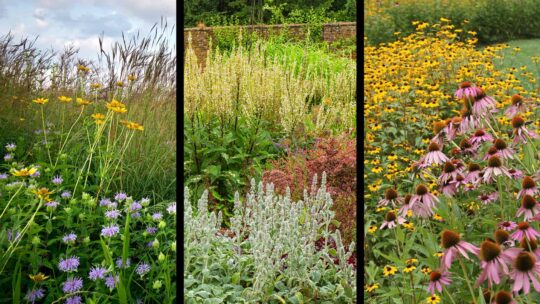An aesthetically pleasing backyard full of native plants not only looks great—it provides myriad environmental benefits to pollinators and wildlife. Since they’re adapted to thrive in specific regions and climates, they should always be considered over non-native or invasive species. In addition to providing vital habitats and food sources—such as pollen and nectar—native species require less maintenance. And, due to their deep root systems, they benefit overall soil quality by reducing erosion and increasing storm water infiltration. Follow along for a breakdown on how to curate a healthy backyard pollinator ecosystem, so you can show your backyard bees and butterflies a little love.
Pollinator Ecosystem Plant Selection
There are near-endless resources available to help you find and select species fit for your local region. When it comes to selecting plants for pollinator gardens, however, variety is key. Pollinators feed on flowers for nectar and pollen. So, to best support a diverse number of pollinator species, make sure to plant at least three varieties, with a range of shapes, sizes, and colors. This variety will help supply a vital food source throughout the year, providing blooms through spring, summer, and fall.
Reasons to Avoid Non-Native or Invasive Species
One way invasive plants take hold in our local areas is through our gardens. While they might look pretty, unlike native species, invasive and non-native species do not provide the same benefits to pollinators and local wildlife. These plants aren’t adapted to your local climate, meaning they require more maintenance, often out-compete beneficial species, and do not provide the necessary ecological benefits. Before your next plant purchase, consider regional native alternatives that are just as breathtaking. (And, are a whole lot less of a hassle.)
Pollinator Water Sources
In addition to planting natives to provide a food and habitat source for pollinators, consider adding a water source, such as a bird bath. These will also attract and support pollinators, such as bees and butterflies, as well as vital local bird species. Check out this article to learn more about water sources for pollinator ecosystems.
Pollinator Ecosystem Chemical Use
To best support a healthy pollinator ecosystem, make sure to minimize chemical use (such as pesticides and herbicides), when possible. Instead, practice integrated pest management or mechanical weed control. This will help support healthy pollinator populations that benefit both your garden and the ecosystem. Reducing the use of chemicals will support natural beneficial insects—which provide natural pest control! Likewise, install bat boxes as another means of support. Bats are an ultimate form of nuisance pest control, eating up to 1,200 mosquitos per hour. For further reading about pollinators, click here. Now, get outside and pick out some native plants to support pollinators, so they can help our gardens and ecosystems thrive.



